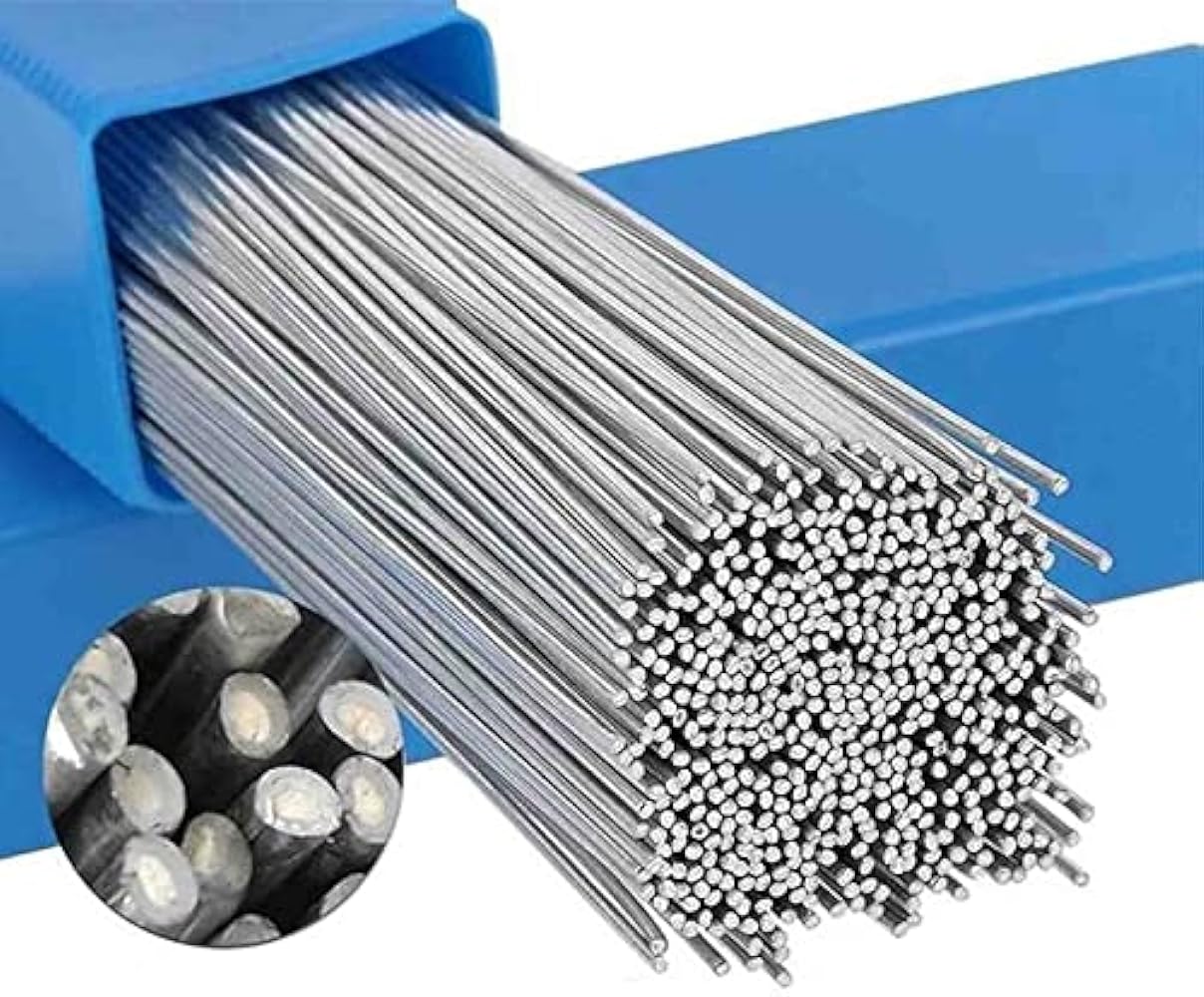A welding wire is a thin, metallic rod that is used in MIG welding to fuse metal parts by creating a hot arc. This wire is essential for melting and fusing into the materials being joined to form a link between two items. For a fusion to be successful, the chemistry of the welding wire and the materials being fused must be compatible. The integrity of the wire must be properly stored because exposure to the weather or moisture over time can erode its quality.
Various kinds of welding wires have different features and uses, including hard wire, gasless flux core wire, dual shield flux core wire, stainless welding wire, and aluminium wire. Different welding wire grades are produced with approvals from respected organisations such as TUV, DB, CE, and ABS, and are used for various applications in the oil and gas, automotive, fabrication, and railway industries, among others.
1. Solid Wire: This type of wire, used for steel and stainless steel welding, requires a protective gas to prevent oxidation during welding. It produces high-quality seams with less spatter and is suitable for more than 80% of users.
2. Cored Wire / FLUX / Gasless Wire: These wires create a protective gas atmosphere at high temperatures, eliminating the need for a gas cylinder. While they allow welding without gas, they tend to produce more spatter and lower-quality seams compared to solid wire welding.
3. Soft Wire/Aluminium Wire: Aluminium welding is more challenging due to the material’s softness, requiring specific equipment like a U-groove wire feed roller for stability. Aluminium wire offers durability, weather resistance, and high strength but demands careful handling during welding.
Factors to Evaluate When Selecting What Size Welding Wire to Use
Here are the 5 key factors to consider when choosing the size of welding wire to use:
Material Thickness
Generally speaking, thinner materials can be welded with smaller diameter wires, while thicker materials need bigger diameter wires. Choosing the appropriate filler metal size for the application being welded is crucial.
Weld penetration can be compromised, welding time can be increased, and prices can go up if the wire used is too tiny for the material. A smaller wire must run at a significantly faster wire-feed speed than a larger wire to get a given amount of weld deposit. The liners and contact tips wear down more quickly as a result of the faster feed speed and smaller diameter. Additionally, because tiny wires take more passes during the drawing process, they are typically more expensive than bigger wires.
The Welding Position
Flat Position (1G or 1F): The most fundamental welding position involves starting from the top side of the joint and welding with a horizontal weld face. Larger diameter wires can be utilised in this position since gravity helps to deposit the weld metal.
Horizontal Position (2G or 2F): The weld is formed in this position against an approximately vertical surface and on the top side of a roughly horizontal surface. In this case, a wire with a slightly smaller diameter might be chosen to prevent the molten pool from undercutting or overlapping.
Vertical Position (3G or 3F): In this instance, the surface being welded to is vertical. Stopping the molten metal from flowing down is the difficult part. Because they provide superior control over the molten pool, particularly while travelling upwards, smaller diameter wires are frequently selected for vertical welding.
Overhead Position (4G or 4F): This position requires welding from the underside of the joint, as the name implies. Because gravity is acting against the weld pool in this position, it is the most difficult. To minimise the possibility of molten metal spilling and to keep the size of the weld pool under control, wires with a smaller diameter are usually used.
The Welding Process
The wire diameter may affect how efficiently the welding process works. By using the right wire, you can produce welds that are cleaner and produce less spatter, which will lessen the waste and cleanup associated with welding.
Quality
In addition to choosing the appropriate size, you need to make sure the wire alloy you choose will meet the project’s base material and servicing requirements. Investing in high-quality wiring is also crucial. To achieve a constant welding arc, you need the same diameter, cast, helix, and lubricant. In the long run, a free wire that fuses tips, clogs liners, produces spatter, and results in uneven welds can be quite expensive.
Desired Penetration
A bigger diameter wire may be more appropriate if deep penetration is needed. A wire with a lower diameter is better for shallow penetration. The possible penetration can be greatly impacted by choosing the proper wire diameter.
Advantages of welding wire
Depending on the type utilised, welding wire has different benefits. MIG wire has several advantages for MIG welding, including a continuous feeding mechanism, a quicker welding process, an extended life of the copper coating, clean, consistent welds, and strong welds with good mechanical qualities.
Conversely, flux-cored wire for MIG welding offers better penetration, a higher deposition rate, enhanced efficiency, flexibility to weld in any position, a decrease in the cost of shielding gas, more versatility, and cleaner welds with fewer heat-related problems and spatter.
Furthermore, flux core welding wire is safe for workers because it emits little fumes and provides UV protection. It is used in a variety of sectors to make stronger welds and works on a variety of metals and locations.
enhanced deposition rates, alloying capabilities, lower oxygen content, and production flexibility are all provided by cored wire in submerged arc welding applications. These benefits translate into enhanced productivity, lower costs, and better weld quality.
Last but not least, cored wires are favoured over solid wires in welding applications because they permit welding in all locations, offer high deposition rates, superior penetration, and lower manpower costs.
Read more ( Click here )
